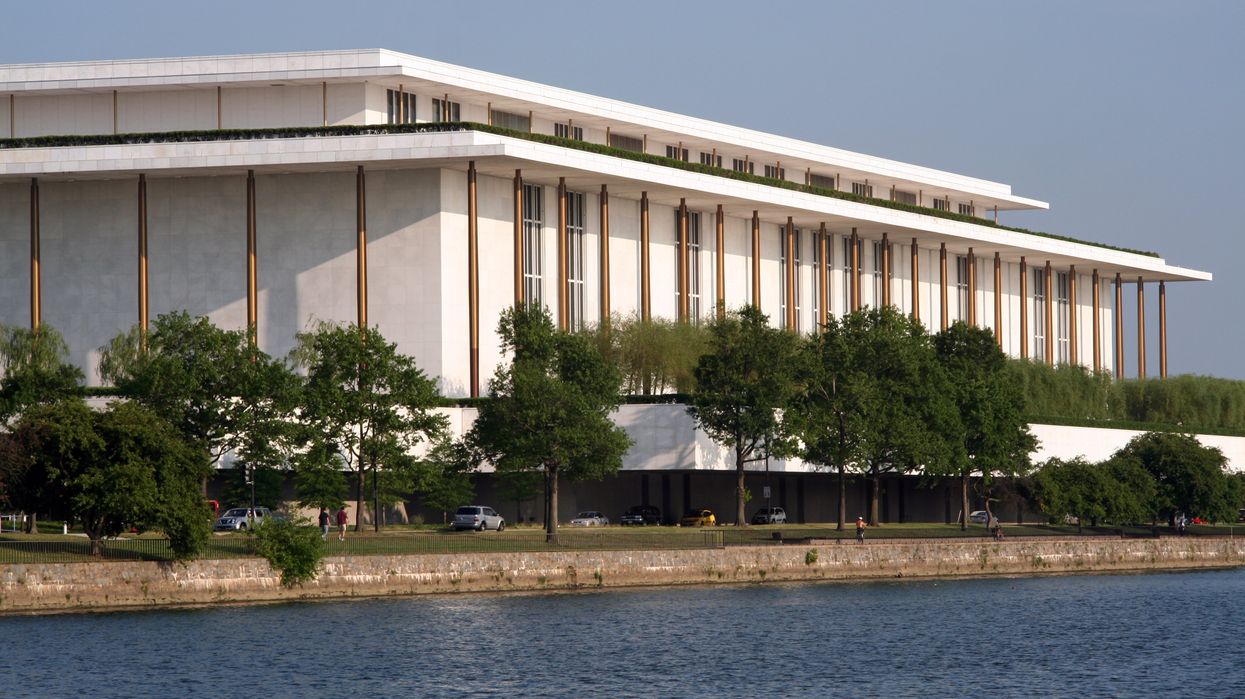Breslin is the Joseph C. Palamountain Jr. Chair of Political Science at Skidmore College and author of “A Constitution for the Living: Imagining How Five Generations of Americans Would Rewrite the Nation’s Fundamental Law.”
This is the latest in a series to assist American citizens on the bumpy road ahead this election year. By highlighting components, principles and stories of the Constitution, Breslin hopes to remind us that the American political experiment remains, in the words of Alexander Hamilton, the “most interesting in the world.”
Justice Louis Brandeis famously wrote, “a single courageous state may, if its citizens choose, serve as a laboratory; and try novel social and economic experiments without risk to the rest of the country.” The parable of the “state as democratic laboratory” was born that afternoon in March 1932.
Several states have taken Brandeis’ challenge seriously, especially in the environmental arena. Seven states, in fact — Hawaii, Illinois, Massachusetts, Montana, New York, Pennsylvania and Rhode Island — have embedded protections directly into their state constitutions. Four of those have gone so far as to enshrine fundamental rights to clean air and clean water, as well as a healthful environment right, into their bills of rights.
Take Montana’s Constitution, for example. Its Declaration of Rights insists, “All persons are born free and have certain inalienable rights. They include the right to a clean and healthful environment and the rights of pursuing life's basic necessities, enjoying and defending their lives and liberties, acquiring, possessing and protecting property, and seeking their safety, health and happiness in all lawful ways.”
Or Pennsylvania. Section 27 of the Commonwealth’s Constitution reads, “The people have a right to clean air, pure water, and to the preservation of the natural, scenic, historic and esthetic values of the environment. Pennsylvania's public natural resources are the common property of all the people, including generations yet to come. As trustee of these resources, the Commonwealth shall conserve and maintain them for the benefit of all the people.”
New York, the latest to enter the constitutional amendment sweepstakes, just altered its supreme law to read, “Each person shall have a right to clean air and water, and a healthful environment.” Other states are currently considering green amendments for their constitutional texts.
And yet the U.S. Constitution is silent on the environment. Efforts to amend the document to replicate the experimentation at the state level have all failed. Wisconsin Sen. Gaylord Nelson was rebuffed in the early 1970s when he proposed a constitutional amendment that would have ensured “every person has an inalienable right to a decent environment.” Twenty years later, a constitutional amendment was proposed that at least matched the linguistic style of our Bill of Rights: “The right of each person to clean and healthful air and water, and to the protection of the other natural resources of the nation, shall not be infringed upon by any person.” It too went down to defeat.
The time has come to resurrect these attempts, and to do so with a commitment to environmental justice.
It begins with constitutional language. While working on a book, I had the great good fortune to interview Michael Brune, executive director of the Sierra Club, America’s largest and most influential grassroots environmental organization. I asked him to imagine being a delegate to a fictional 2023 Constitutional Convention — a contemporary return to Philadelphia’s Independence Hall, so to speak. What would his ideal constitutional amendment protecting the environment look like? His response did not disappoint.
“Americans today face urgent national (and global) environmental challenges that would have been unimaginable to previous constitutional framers,” he began. “Past leaders worked tirelessly to improve our environmental station, but they didn’t fully connect their ambitions to the constitutional project. They didn’t see that America’s organic law holds the possibility of real reform.”
“Our task,” he implored, “is to leverage the power of the constitutional text for the future of our planet.”
He then gave me what I ultimately asked for: proposed language for a constitutional amendment. Two concise sentences said it all: “The right of the people to clean air and water, and to the preservation of a safe and healthy environment, shall not be infringed. The public natural resources of the United States of America are the common property of all the people, including future generations, and shall be preserved and maintained for the benefit of all.”
Our chances of forming “a more perfect union” would be enhanced with Brune’s proposed amendment.
But constitutional language is not enough. Environmental justice requires a bit more, namely representation by all constituencies at the decision-making table, transparent and accessible planning processes, and equitable distribution of benefits and impacts across all communities. Thus far, environmental efforts have tended to favor the privileged, while negative impacts have disproportionately affected the marginalized. That has to change along with constitutional clauses.
States are donning their lab coats. It’s early, but promising signs point to state action aimed at fostering environmental justice. California, Maryland and Washington are at the forefront of fair and equitable treatment. More than a dozen states have established “environmental justice bodies” to focus on environmental pressures “in overburdened communities.” More than two dozen states now mandate that “environmental justice considerations be integrated into legislative and regulatory action.”
President Joe Biden has created the White House Environmental Justice Advisory Council. His Justice40 initiative is particularly encouraging. But the federal government still lags far behind the states in experimenting with environmental efforts. A constitutional amendment that safeguards a healthful environment for all would exemplify the courage Louis Brandeis urged. Thanks to folks like Michael Brune, the language is there. What’s missing is the will.




















